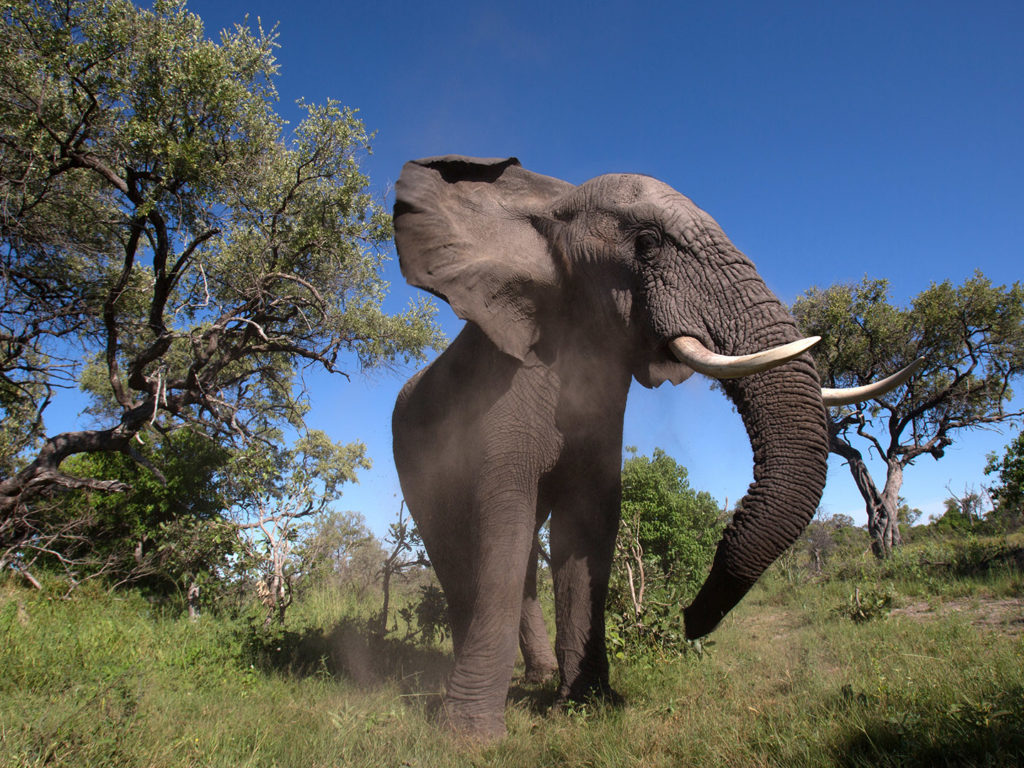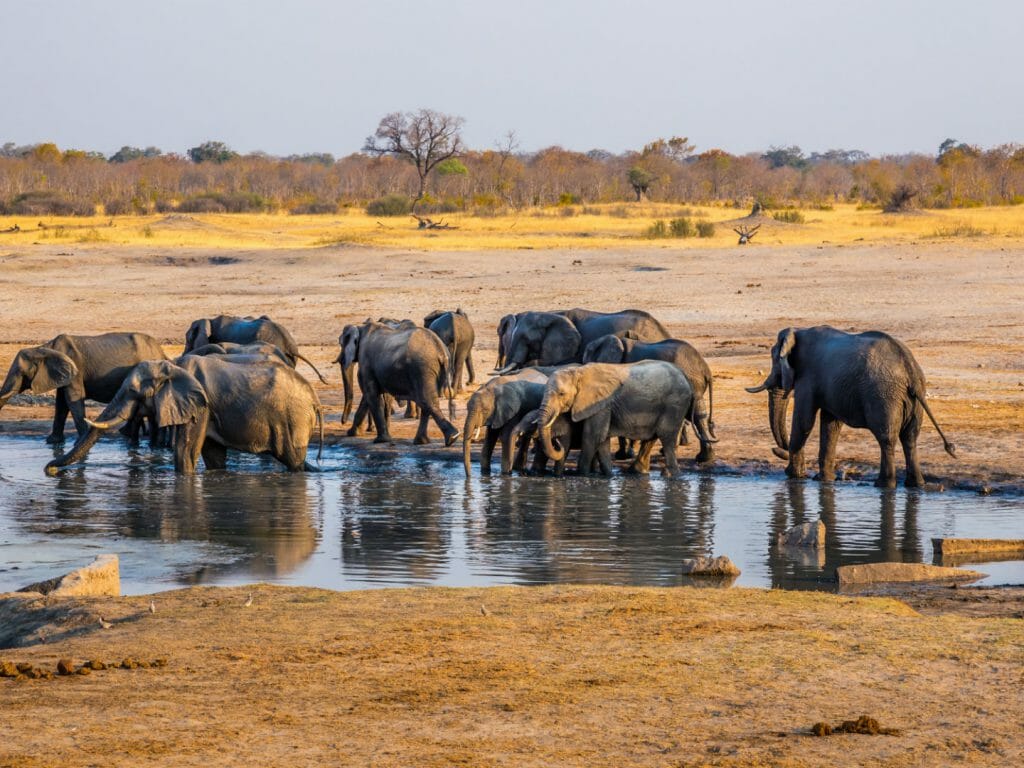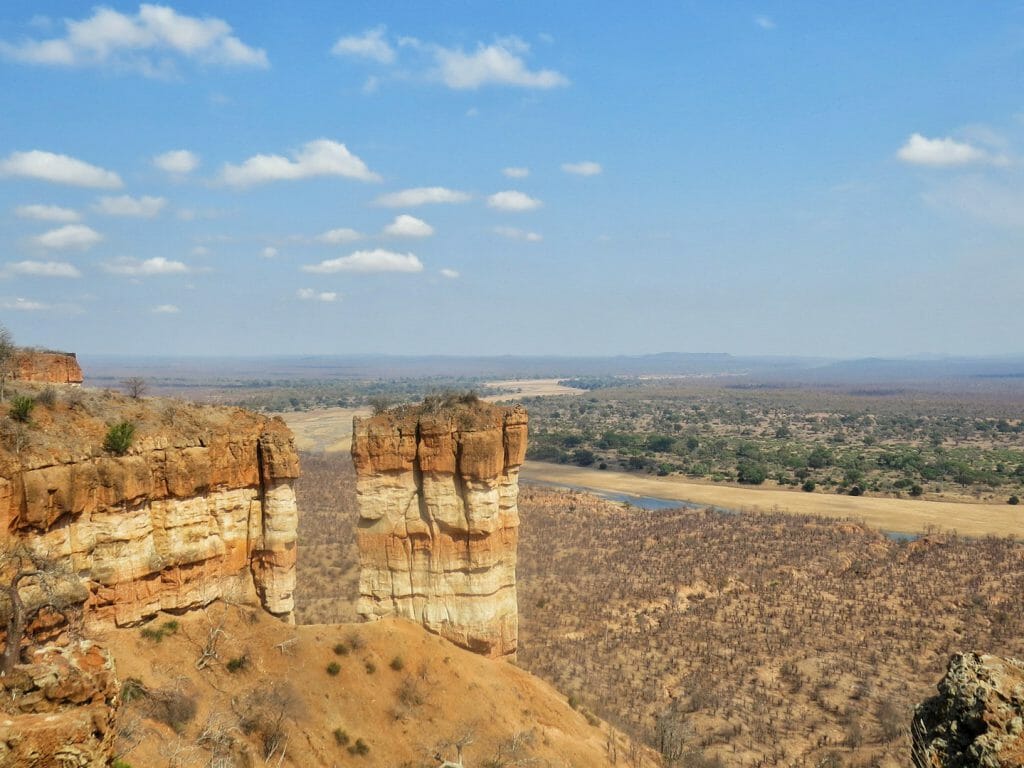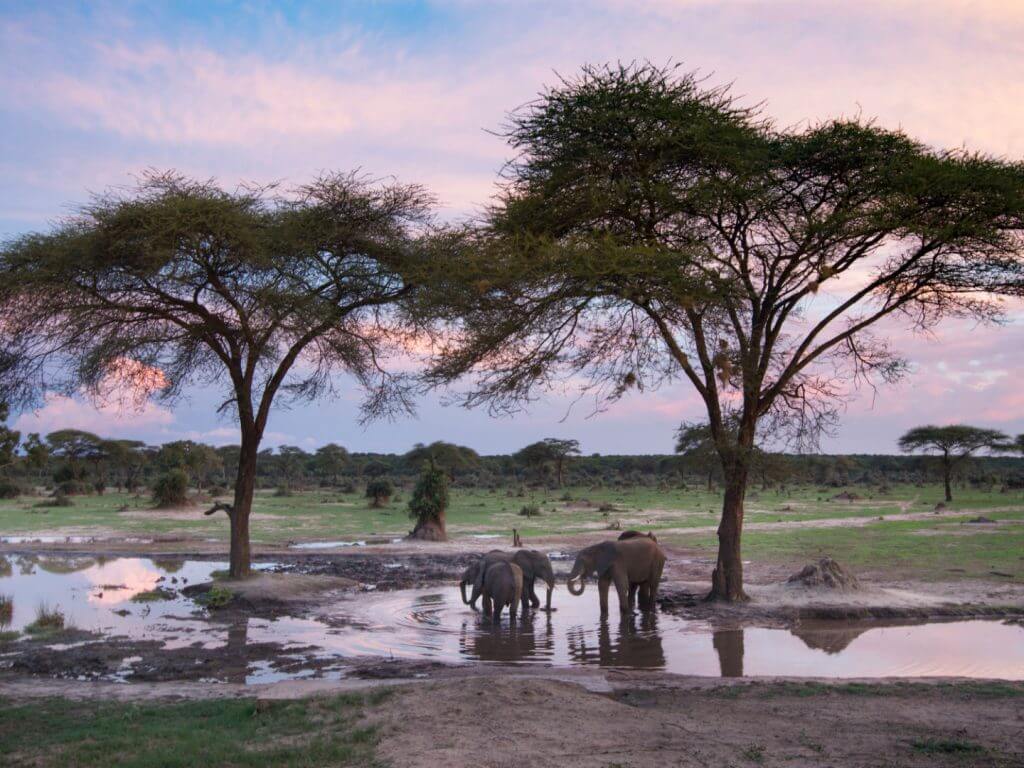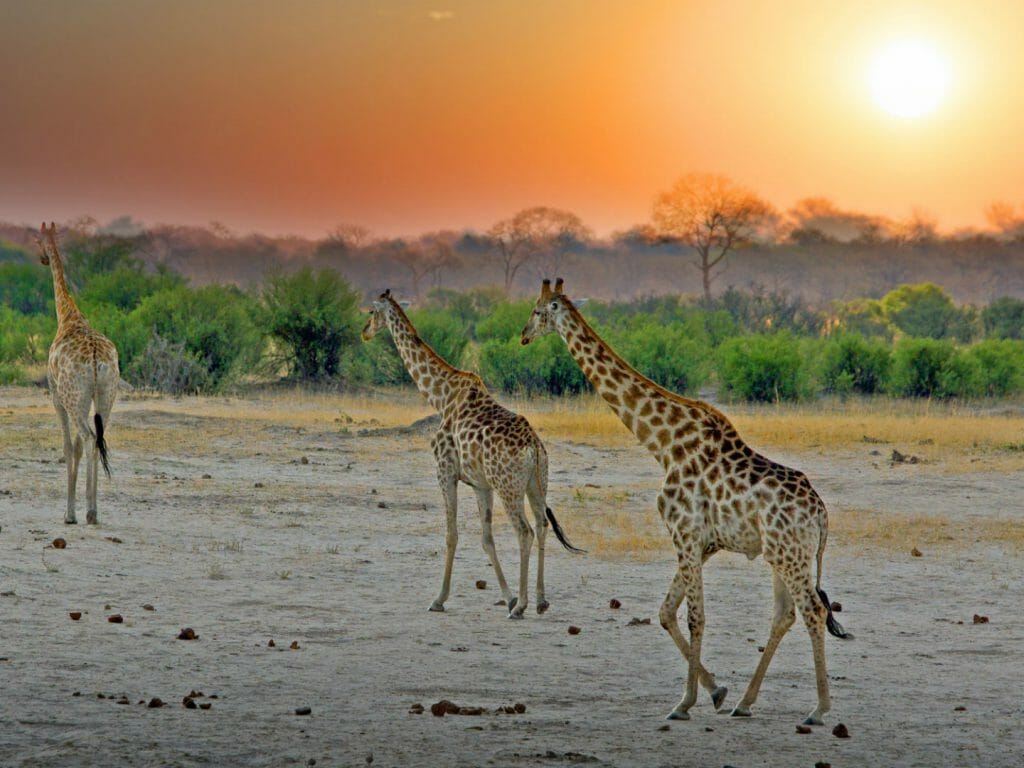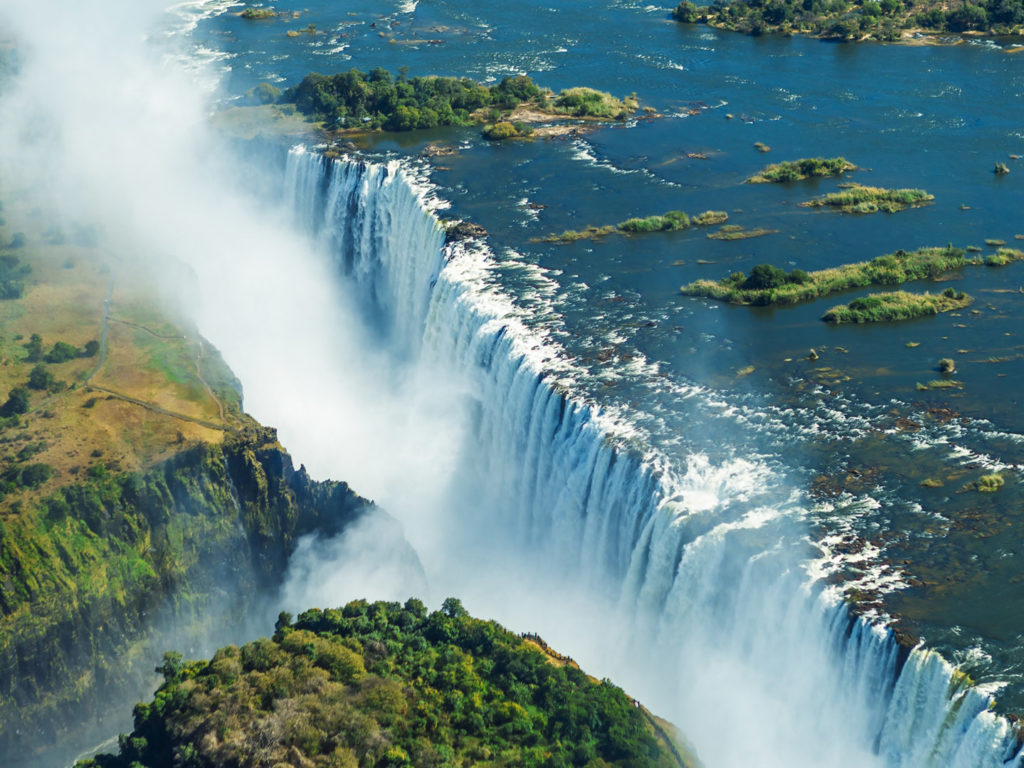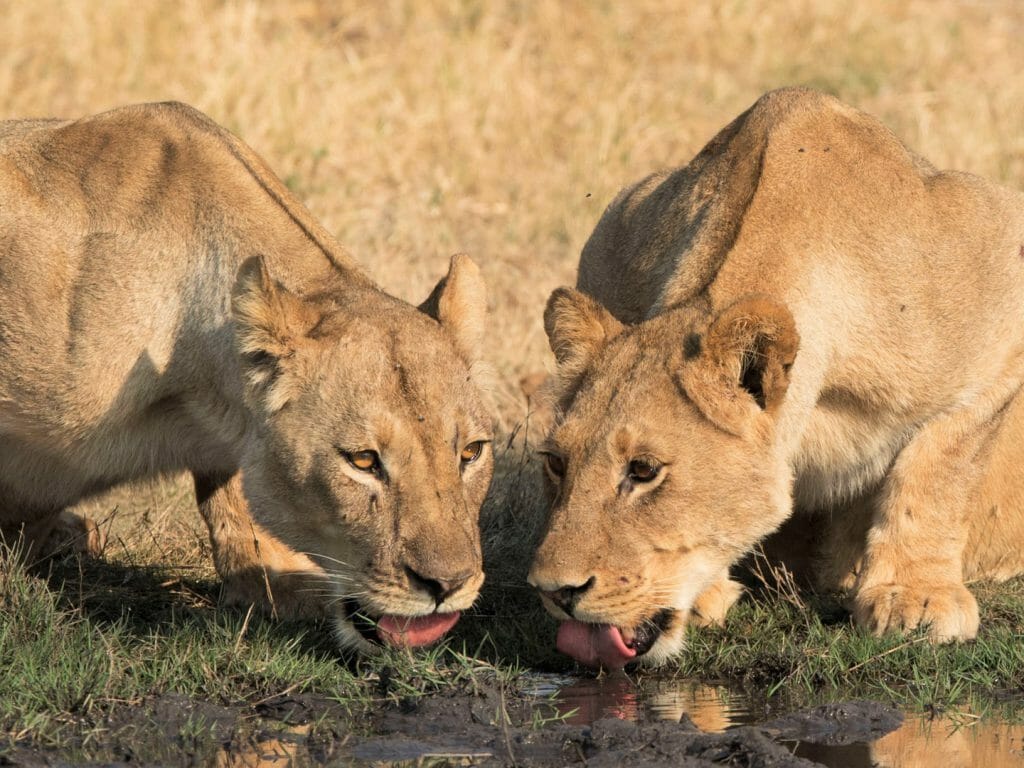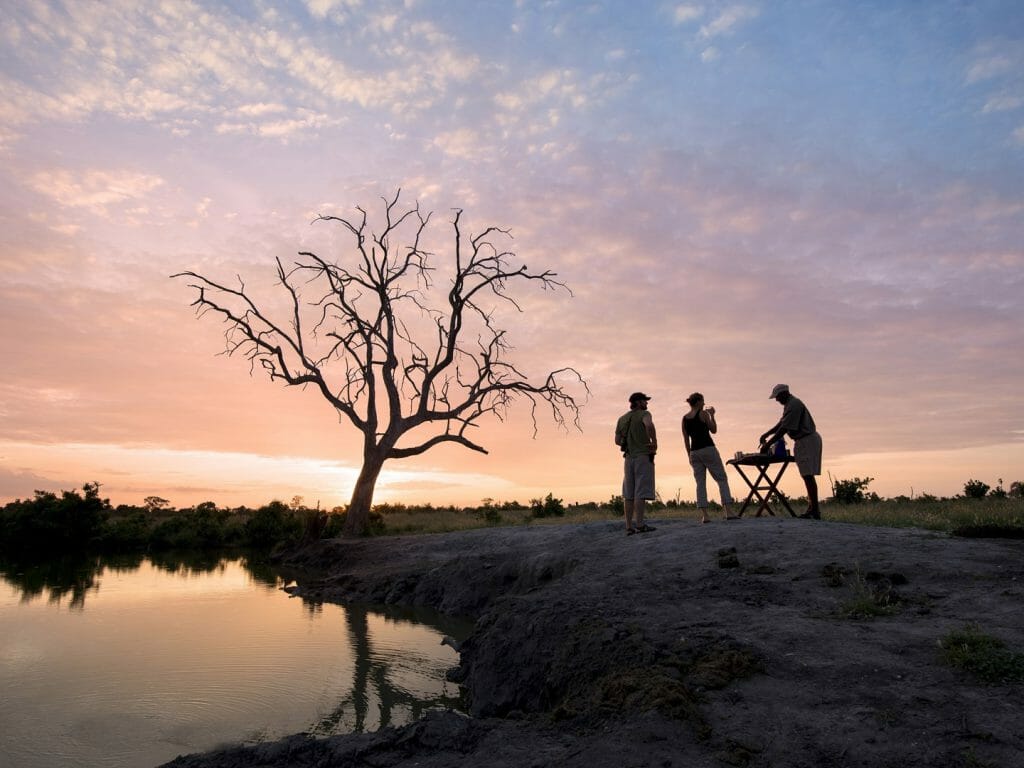Whilst on safari it is easy to try to relate the animals you are seeing to similar species back home.
Antelope are clearly related to our deer, some birds of prey share ancestry or migrate to Europe and warthogs with their car-aerial tails look like weapons-grade pigs. Many of us have a dog or five about the home and enjoy the companionship and interaction that man’s best friend affords us. In parts of Africa some are realising that the Big 5 are not always the most exciting subjects and watching lions invariably snoozing under trees is not the adrenaline high that we might hope for. Introducing at high speed from stage left; the Wild Dog.
These canids share ancestry with our domesticated mutts and help you learn more about pack behaviour and social dynamics than any other creature in Africa. Comparisons are quickly drawn – they look like some kind of rangy mongrel with big scoop ears and mottled coats. They are cursorial hunters – using relentless speed and communication to work as team – meaning that their hunting success rate is x3 better than lions with 90% of all attempts ending in success. Quite simply – if they are hungry they won’t be for long. This efficiency comes at a cost and that is generally that their ranges can be up to 1,500 square kilometres and tracking them down is never straightforward.
We were up before first light in Mana Pools to head to a dry river where we had left the Kanga pack the night before. The air was chilled and we were hoping that they had slept where we had left them. Optimism was pretty low – knowing just how flighty these packs can be – they could have crossed country borders overnight, disappearing like guerrillas into the bush. As we got close we could smell the dogs before we saw them, a daily diet of raw meat combined with the heat of the African sun makes for a pretty pungent combination.
This pack comprised 19 adults and 8 pups and they had been making the most of the plentiful game in the open woodland close to the airstrip. We parked up and watched as they started their day – stretching, yawning and then greeting each other in a series of high pitched chirruping calls. A couple of the pups were toying with a long vulture feather, others were playing tug of war with yesterday’s impala hide whilst the adults remained in slumber. Occasionally an older female would rebuke one of the youngsters and there would be a moments quiet whilst the pup would sulk before forgetting his woe and start chewing his litter-mates ear. The hierarchy is based on submission rather than aggression with roles played by each member. There are dominant alpha males and females, nannies for the pups and carers for the sick and old. Younger dogs feed first at kills with meat being regurgitated for the pups once back at base.
A silent signal spread through the pack – two older females were on their feet and lifting their noses into the air, their ears swivelling like radar. An instant tension crackled and silently small groups formed – four of the bitches were fanning out in an arc through the trees and with our height benefit we could see impala around 400 metres away. The pack divided into quarters and started trotting, we fired up the Land Rover, and turned to watch the 4 files of dogs – the white tips of their tails flagging gently.
Then all hell broke loose, our driver Kevin booted the gas pedal as the pack went from canter into full-on sprint, it felt as though the truck was going to shake itself to pieces as we tried to keep pace at over 40 mph, swerving around bushes and through trees to catch glimpses of the dogs outflanking the impala. I was hanging on and trying to film – the footage later showed a dizzying combination of sky/ ground/ sky/ with the odd flash of white. They are ruthless killers, the lead dog will catch a tail or trailing leg, another will latch onto the head and the rest of the pack will arrive to tear the living prey to pieces. This was the first hunt of the day and we lost the pack after a mile in dense vegetation – by the time we had looped around to find them again they were drinking from the Zambezi with heavy bellies.
With all the pups photographed and their GPS locations tracked – I dropped the data off to Painted Dog Conservation in Hwange the following week. For 3 days I shadowed two packs totalling 52 dogs and gained an insight into these amazing canines.
Learn more about these incredible Painted Wolves, join us in Laikipia on a specialist photographic trip with Albie Venter next March or call to chat through the best locations to spot these elusive wonderful creatures.


